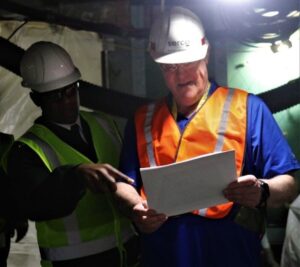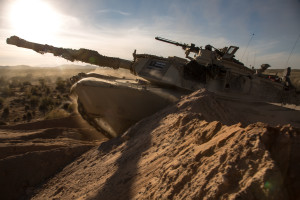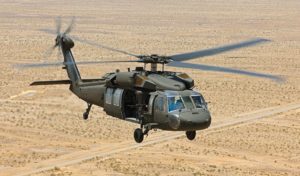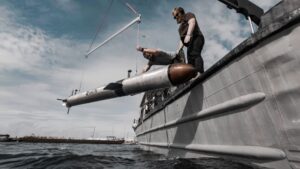
Since last summer, the U.S. Navy has been evaluating hardware for Lockheed Martin's [LMT] Integrated Combat System (ICS) aboard an Arleigh Burke-class destroyer, the USS Winston S. Churchill (DDG-81). "We're seeing results, and we're seeing how it [ICS] operates, and it's operating well," Capt. Brian Phillips, the service's major program manager for ICS, told reporters at a joint Lockheed Martin-Navy briefing on ICS at the Surface Navy Association's annual symposium on Jan. 9. "We've taken it to sea, and they've…














